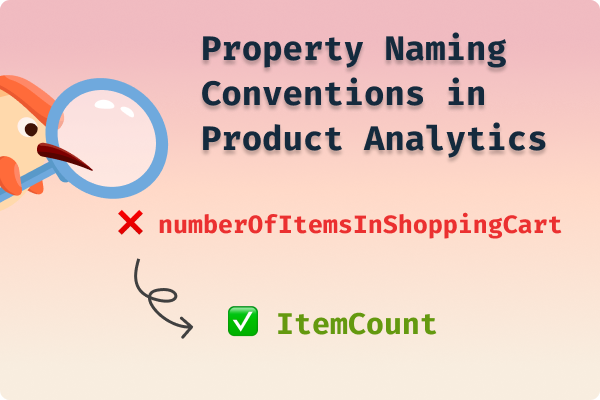In today’s digital landscape, users expect highly personalized experiences that cater to their individual preferences. One of the most effective ways to deliver such experiences is by segmenting users based on their click behavior. Understanding what your users are clicking on, how they navigate your website, and where they engage most can provide powerful insights into their intent, leading to more targeted and relevant interactions.
This blog will guide you through how to segment users based on their click behavior, why it’s important, and how to use this data to create personalized experiences that drive engagement and conversions.
What is Click Behavior?
Click behavior refers to the actions users take while interacting with your website or app. These actions can include:
- Clicking on call-to-action (CTA) buttons
- Navigating between pages
- Engaging with forms, links, or products
By tracking click behavior, you can get a clear understanding of what drives your users, what they are interested in, and where they encounter friction. This data becomes essential for creating user segments based on their behavior.
Why Segmenting Users by Click Behavior is Effective
1. Understanding Intent: Segmenting users based on their clicks helps you understand what they are looking for. This goes beyond demographic data, giving you a deeper understanding of user intent and preferences.
2. Personalization Opportunities: Knowing what users click on allows you to serve more relevant content, product recommendations, or offers that cater directly to their needs.
3. Improved Engagement: Targeting users with personalized experiences based on their behavior leads to higher engagement, better retention, and improved conversion rates.
Types of Click Behavior Segments
To create meaningful segments, you’ll need to analyze different types of click behaviors and group users accordingly. Here are some examples of user segments based on click behavior:
(1) High-Engagement Users
These are users who frequently interact with your key pages and CTAs. They show a strong interest in your content or products and are likely to convert.
- Personalization Strategy: Show them exclusive offers, product recommendations, or loyalty programs to keep them engaged.
(2) Browsers or Explorers
These users click through many pages but may not take significant actions like signing up or purchasing.
- Personalization Strategy: Retarget them with personalized ads, product recommendations, or limited-time offers to encourage conversion.
(3) One-Time Visitors
These users visit your site once and take minimal actions.
- Personalization Strategy: Use email capture techniques to follow up, or retarget them with ads to bring them back to your site.
(4) CTA Clickers
These users engage with specific call-to-action buttons, such as subscribing to a newsletter or downloading a whitepaper.
- Personalization Strategy: Follow up with relevant content, offers, or products that align with the CTA they clicked.
Steps to Segment Users Based on Click Behavior
(1) Analyze Your Click Data
Start by collecting and analyzing data from tools like Google Analytics, Hotjar, or Mixpanel. Look for patterns in user clicks, such as which pages they visit most, which buttons they click, and where they spend the most time.
(2) Define Your User Segments
Once you have the data, create segments based on user behavior. For example:
- Users who click on a specific product page multiple times
- Users who have added items to their cart but haven’t completed a purchase
- Users who interact frequently with your blog or content pages
(3) Personalize Based on Segments
Use the insights from your segments to deliver personalized experiences. For example, show high-engagement users a discount for products they frequently view or send a targeted email campaign to one-time visitors offering a limited-time offer.
(4) Test and Refine
Always test and optimize your segments. Run A/B tests to see which personalization strategies work best for each segment, and make adjustments based on performance.
Tools to Help You Segment Based on Click Behavior
Here are some of the best tools to track click behavior and create segments:
- Google Analytics: Track page views, clicks, and user navigation patterns.
- Hotjar/Heatmaps: Visualize user click patterns to identify areas of high and low engagement.
- Segment: Organize and manage user data across multiple platforms for more precise segmentation.
- Optimizely: Test different segmentation and personalization strategies to find the most effective approach.
- Intercom: Gather behavioral data and use it to drive personalized messaging and support.
Real-World Example: How Segmentation Boosted Conversions
A leading e-commerce company used click behavior segmentation to boost its conversion rate by 20%. By analyzing click data, they identified users who frequently clicked on product pages but didn’t make a purchase. They retargeted these users with personalized emails offering a discount on the products they viewed. As a result, these users returned to the site and completed their purchases, leading to a significant increase in conversions.
Best Practices for Effective User Segmentation
- Use Multiple Data Points: Combine click behavior with other data such as purchase history or demographic data for richer segmentation.
- Avoid Over-Segmenting: Too many segments can make personalization efforts harder to manage. Focus on high-impact behaviors.
- Test and Iterate: Continuously refine your segments based on performance and user behavior trends.
Conclusion
Segmenting users based on click behavior can significantly improve personalization and lead to better engagement, retention, and conversion rates. By using tools to analyze and segment click data, you can create targeted, relevant experiences that resonate with your audience. Start by analyzing your click data today, and experiment with different segments to see how personalized experiences can drive success for your business.



.svg)















.png)




.svg)
